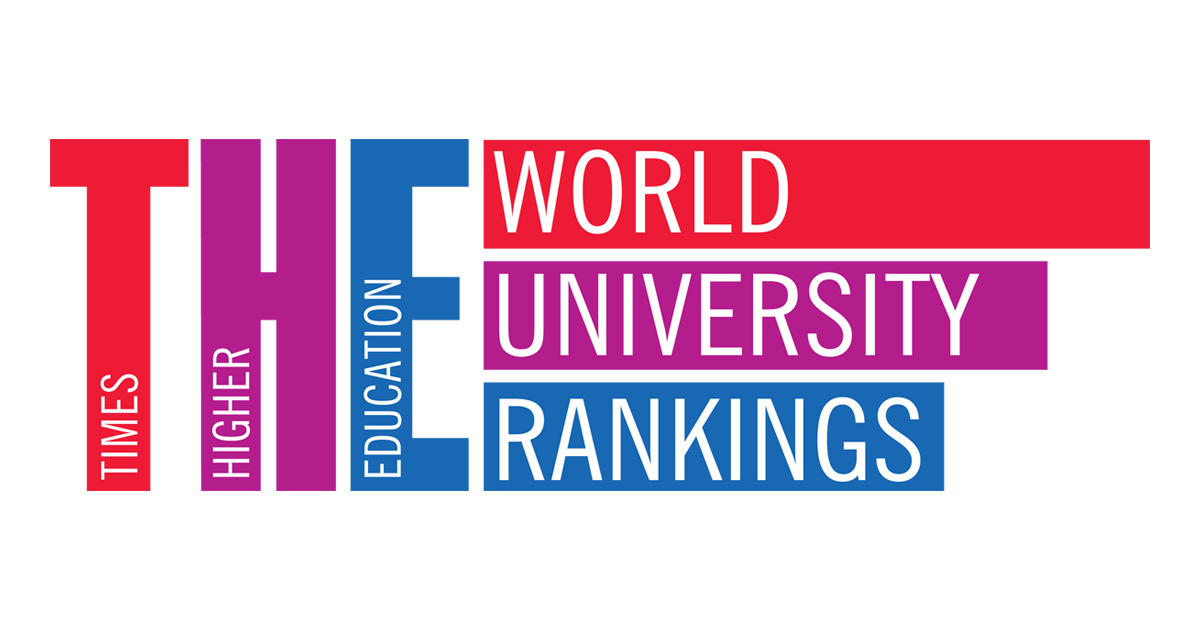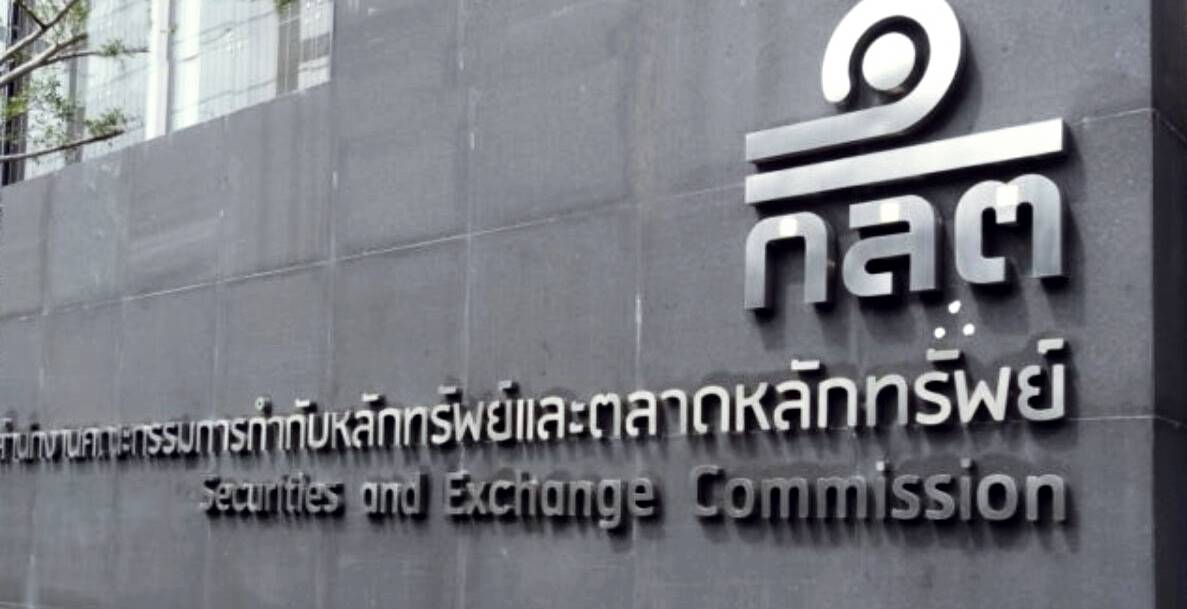Times Higher Education (THE) released their annual Asia University Rankings today, awarding the National University of Singapore (NUS) the top spot in Asia for the first time since the ranking system was created in 2013.
Japan’s foremost institution, the University of Tokyo, has plummeted from top spot in 2015 to seventh in this year’s rankings. Meanwhile, the University of Hong Kong – long considered one of Asia’s premier educational institutions – has fallen out of the top three to fourth place, a first for the prestigious university.
Singapore’s Nanyang Technological University and China’s Peking University tied for second place to round out the top three.

Among the 13 indicators used in the rankings to measure performance are teaching quality, industry outcomes, citations, and international outlook. THE’s Asia University Rankings are not identical to their worldwide rankings. Although they use the same performance indicators, the categories are reweighted to more accurately reflect the attributes of Asia’s higher education systems, according to THE.
The Singaporean government’s heavy investments into its education system is credited as a key driver for its universities’ success, as the city-state cultivates human capital to compete globally in services, innovation, and ease of doing business.
While Singapore claimed highest honors, China is rapidly climbing the rankings
According to THE, China has overtaken the U.S. to hold the world’s most researchers – 19 percent of the total – and now accounts for 20.2 percent of global scientific publications.
In addition to Peking University in second place, mainland Chinese universities in the top 25 include Tsinghua University (5), the University of Science and Technology of China (14), Fudan University (19), and Zhejiang University (25).
Overall, both China and Japan had 39 universities in the top 200, though China had an impressive 22 in the top 100, compared to 14 for Japan.
While Peking University and Tsinghua University have long held sterling reputations, several other Chinese institutions primarily concentrated in Eastern China are rising in stature.
Other countries represented in the top 25 include South Korea, Taiwan, Israel, and Turkey. Overall, 22 different countries appear in the rankings, a large jump from only 14 in the previous year’s list. As a whole, Asia’s universities are increasingly prominent on the world stage, holding more positions in various publications’ top 100 worldwide rankings in 2016 than ever before.
By Dezan Shira & Associates
Editor: Alexander Chipman Koty
About Us Asia Briefing Ltd. is a subsidiary of Dezan Shira & Associates. Dezan Shira is a specialist foreign direct investment practice, providing corporate establishment, business advisory, tax advisory and compliance, accounting, payroll, due diligence and financial review services to multinationals investing in China, Hong Kong, India, Vietnam, Singapore and the rest of ASEAN. For further information, please email [email protected] or visit www.dezshira.com. Stay up to date with the latest business and investment trends in Asia by subscribing to our complimentary update service featuring news, commentary and regulatory insight. |
About the author
ASEAN Briefing features business news, regulatory updates and extensive data on ASEAN free trade, double tax agreements and foreign direct investment laws in the region. Covering all ASEAN members (Brunei, Cambodia, Indonesia, Laos, Malaysia, Myanmar, Philippines, Singapore, Thailand and Vietnam)










